1. Definition and classification of dietary fiber
Dietary fiber ( DF ) is the general term for various types of cellulose present in food. Based on solubility, dietary fiber can be divided into soluble dietary fiber and insoluble dietary fiber.
Soluble dietary fiber covers:
- Storage material and secretion in plant cell wall;
- Part of hemicellulose;
- Part of microbial polysaccharide;
- Synthetic polysaccharides, such as gum, konjac polysaccharide, guar gum, arabinose.
Insoluble dietary fiber includes:
- Hemicellulose;
- Insoluble hemicellulose;
- Lignin;
- Resistant starch;
- Certain indigestible oligosaccharides;
- Maillard reaction products;
- Chitin contained in the epidermis of shrimps and crabs;
- Wax and keratin of plant cell wall;
- Indigestible cell wall protein.
2. How does dietary fiber regulate blood sugar?
Long-term high blood glucose will threaten the internal environment of the human body, lead to a series of biochemical and pathological changes, and affect the functions of various organs.
Meanwhile, it can cause macrovascular disease, covering atherosclerosis of the aorta, coronary artery, cerebral basilar artery, renal artery and peripheral arteries. Among them, atherosclerosis has a high mortality rate. Roughly 70 % to 80 % of people with diabetes die of diabetic macrovascular disease.
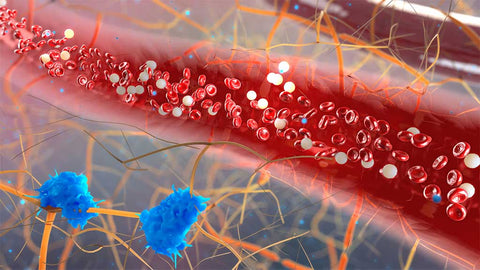
Therefore, proactively stabilize blood sugar at a normal level can prevent or delay the occurrence of complications. Studies in the medical sector have proven that intake of adequate dietary fiber is an essential part of preventing high blood sugar.
- Block the absorption of glucose and lipids
Dietary fiber enters the gastrointestinal tract, which increases the viscosity of food, delays the emptying of stomach, and prevents a sharp rise in blood glucose after a meal, thereby reducing blood glucose. At the same time, it hinders the absorption of glucose and cholesterol in the intestine, and the unabsorbed glucose is excreted in the stool. Insoluble dietary fiber can affect glucose absorption by shortening intestinal transit.
- Produce satiety
Studies have found that when food passes through the small intestine, a gastrointestinal hormone that can suppress appetite is released into the blood and binds to receptors in the hypothalamus to produce satiety. It can reduce the body's demand for food, which is conducive to diet control for patients with diabetes and obesity.
- Promote bowel movements
Dietary fiber can promote bowel movements and the formation of bowel movements, enabling the glucose that has not had time to enter the blood to be excreted in time, thereby maintaining the stability of blood glucose.
- Increase insulin sensitivity
Dietary fiber can increase the sensitivity of peripheral tissues to insulin, improve insulin resistance, and lower blood sugar levels. It is the only factor associated with insulin sensitivity, and boasts no relationship with the risks of type 2 diabetes.
- Reduce the activity of intestinal digestive enzymes
Certain dietary fiber can inhibit alpha amylase, prolong the reaction time with starch, thereby reducing the rate of glucose release.
- Promote the repair of islet function
A study on the effect of β-glucose in oats on pancreatic islet function confirmed that β-glucose in oats has a certain repair effect on damaged islet cells in rats.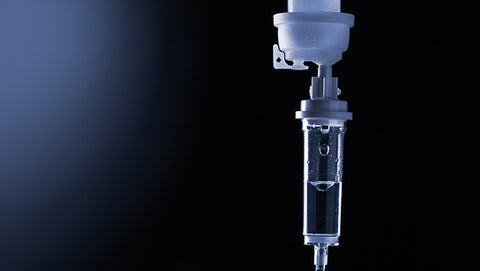
In conclusion, dietary fiber can effectively control fasting blood glucose, postprandial blood glucose, glycosylated hemoglobin and lipid metabolism disorders, and reduce blood insulin gains response. Enhancing the intake of DF and magnesium can lower the risk of diabetes and the mortality of people with diabetes, a large number of studies have shown.
3. What are the foods rich in dietary fiber?
- Inulin
Inulin is recognized as the most effective source of dietary fiber in the industry. As a reserve polysaccharide in plants, it mainly derives from plants. In some countries, chicory root is used as raw material to obtain inulin through spray drying and other steps after removing protein and minerals.
In China, the inulin is obtained through a series of production processes from the rhizome of Jerusalem artichoke. The dietary fiber in inulin can reduce postprandial blood sugar by 20-50%.
In addition, the prebiotics in inulin is not digested in the digestive tract, but can be fermented into short-chain fatty acids by bifidobacteria and lactobacilli, beneficial to reducing blood glucose. Meanwhile, it can reduce the body's demand for insulin, which is conducive to the improvement of diabetes. What's more, it is to enhance the body's sensitivity to insulin and affect the function of pancreatic islet β-cells.
- Oat bran
Oat bran is a partial oat that contains up dietary fiber, particularly those containing the most abundant β-Glucan, which belongs to soluble dietary fiber and is helpful for lipid lowering. Also, it enables intestinal health, known as "the king of dietary fiber".
As a kind of health functional food, oat bran is an effective way to supplement water-soluble dietary fiber and insoluble cellulose. It is more healthy and affordable than eating processed cellulose flakes.
- Celery
Known as "medicine in the kitchen", celery contains insoluble fiber to enable people to feel satiety and to help promote gastrointestinal peristalsis. A chemical substance is also contained to accelerate the decomposition of fat. It is, therefore, an ideal product for weight loss. 
People are prone to eat celery stalks rather than leaves. In fact, celery leaves contain a lot of vitamins and minerals, although celery stalks are rich in fiber.
Note: Patients with kidney disease who want to limit potassium should avoid eating celery without cooking or drinking celery juice.
- Bamboo shoots
Abounded in crude fiber to stimulate gastrointestinal peristalsis and help digestion, bamboo shoots are characterized by low sugar and low fat. In addition, bamboo shoots are rich in plant protein, vitamins and trace elements such as calcium, iron, phosphorus, carotene, etc., helping enhance the body's immune function.
Note: Patients suffering from gastric ulcer, gastric bleeding, nephritis, liver cirrhosis, enteritis, urinary tract stones, osteoporosis, and rickets should eat less.
- Potatoes
The dietary fiber of potatoes can stimulate gastrointestinal motility, and the water-soluble fiber can maintain the elasticity and smoothness of blood vessels, prevent arteriosclerosis and lower cholesterol. In addition, rich in oligosaccharides, potatoes are beneficial to the health of the large intestine.
- Guava
Eating guava regularly can promote bowel movements. It boasts various nutritional elements, covering protein and vitamin A, B and C, and calcium, phosphorus, iron, potassium.
It is recommended to eat guava with the skin as the skin contains dietary fiber. There is no need for you to worry about the pesticide residues by soaking in clean water for 10 minutes and then rinsing with running water.
Note: Guava seeds are hard to digest. If people have constipation symptoms, please avoid eating the seeds together.
4. Dietary fiber is a double-edged sword
People with diabetes should not eat lots of dietary fiber in that DF retards the absorption of sugar and lipids, and hinders the absorption of some macro and trace elements as well. Hence, vitamin sand trace element mixtures should be supplemented when supplementing dietary fiber.
Children and elderly diabetic patients should be alert to the effects of abdominal distension, early satiety, and indigestion caused by excessive dietary fiber.
People with diabetes swiftly change from a low-fiber diet to a high-fiber diet in the short run, but energy-containing nutrients cannot be absorbed in time, which may cause hypoglycemia. Attention should be paid to people with diabetes who are injected with insulin.
Note: Normal people consume about 30 grams of dietary fiber a day, which can effectively prevent diabetes; for people with diabetes, about 40 grams per day can effectively stabilize blood sugar.


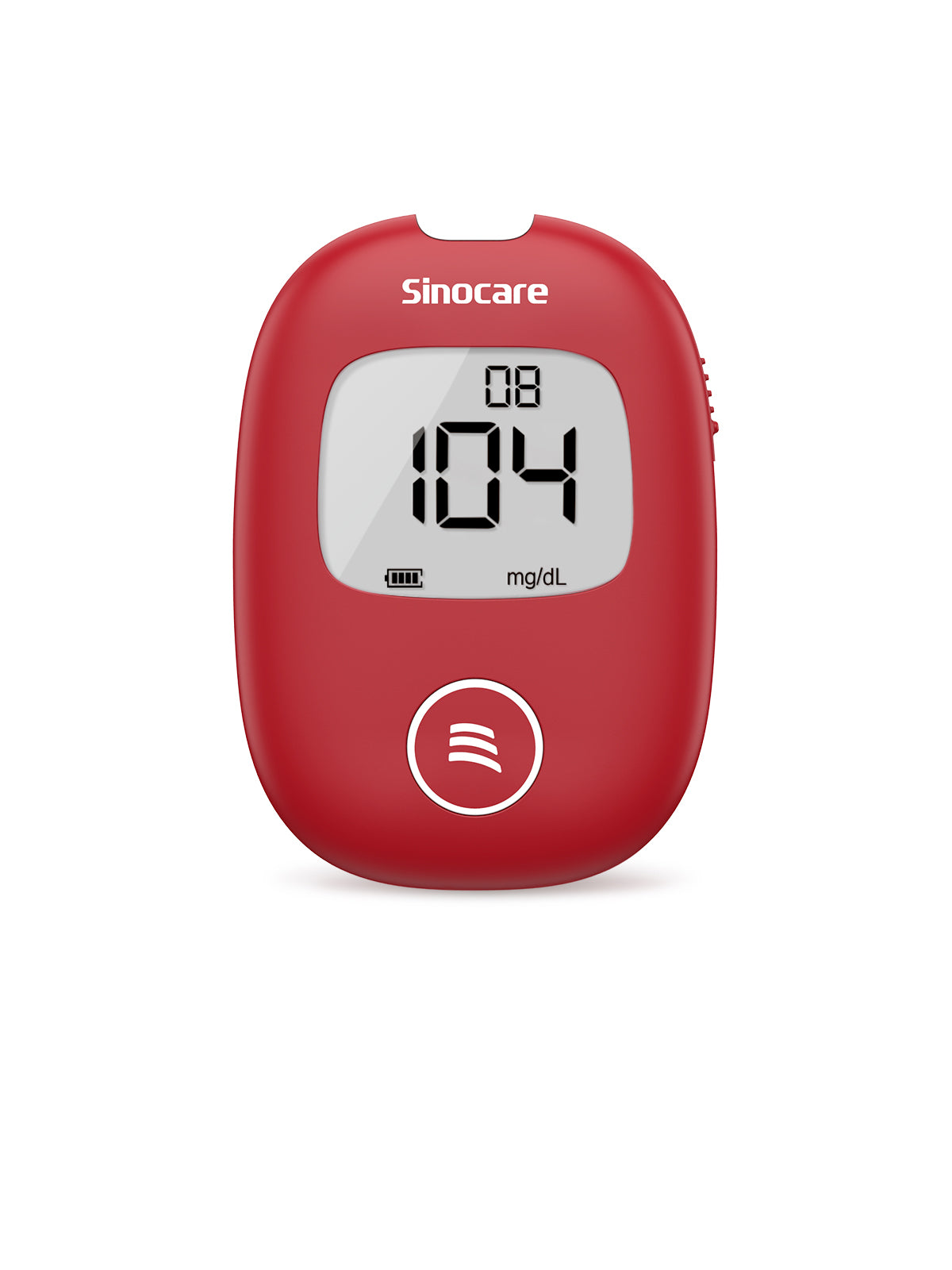

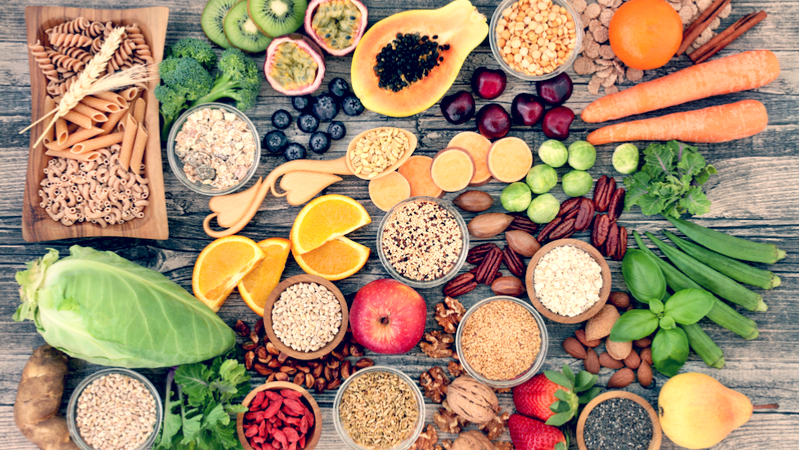
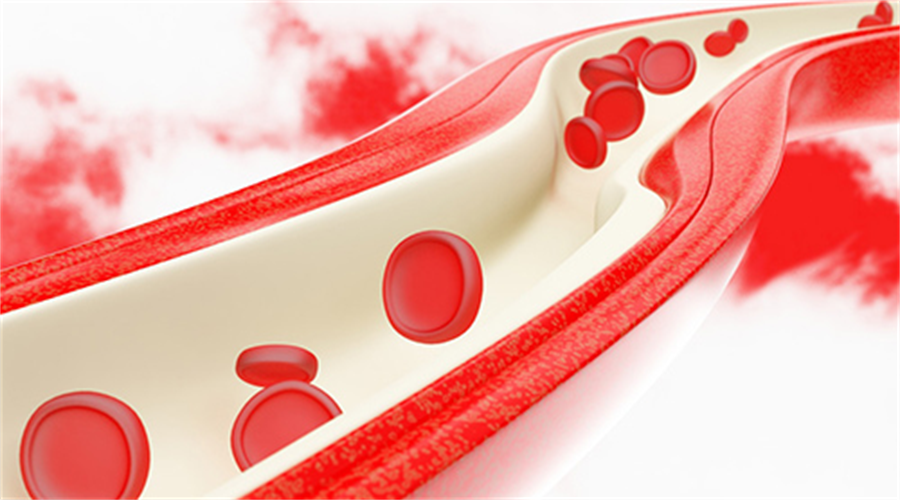




Leave a comment
All comments are moderated before being published.
This site is protected by hCaptcha and the hCaptcha Privacy Policy and Terms of Service apply.